The Pencil Cactus, also known by its scientific name Euphorbia tirucalli, is a small tree-like shrub that thrives in warm, arid climates. It is named for its distinctive pencil-sized succulent branches. This plant is native to the black clay soils of Africa and has spread to tropical regions of Ethiopia, India, and Indonesia.
A member of the Euphorbiaceae family, the Pencil Cactus is a woody species known for its adaptability to harsh environments. However, it produces a toxic latex compound that can cause serious harm if ingested and may even result in blindness upon contact with the eyes.
| Common name | African Milkbush, Aveloz, Finger Tree, Indian Tree Spurge, Milkbush, Pencil Cactus, Pencil Tree, Petroleum Plant, Rubber Euphorbia, Sticks of Fire, Sticks on Fire |
| Botanical name | Euphorbia tirucalli |
| Family | Euphorbiaceae |
| Species | tirucalli |
| Origin | Ethiopia, Tropical Africa and east to India and Indonesia |
| Life cycle | Woody |
| Plant type | Houseplant |
| Hardiness zone | 9, 10, 11 |
| Sunlight | Full Sun |
| Maintenance | Low |
| Soil condition | Clay |
| Drainage | Well-Drained |
| Growth rate | Slow |
| Spacing | 6 ft. – 12 ft. |
| Flowering period | Spring |
| Height | 2- 30 ft. |
| Flower color | Gold, Yellow |
| Leaf color | Green |
| Fruit color | Brown, Copper |
| Stem color | Brown, Copper |
| Fruit type | Capsule |
| Flower benefit | Long Bloom Season |
| Garden style | Drought Tolerant Garden |
| Uses | Houseplants |
I. Appearance and Characteristics
Euphorbia tirucalli (commonly known as Indian tree spurge, naked lady, pencil tree, pencil cactus, fire stick, aveloz or milk bush) is a tree native to Africa that grows in semi-arid tropical climates. A hydrocarbon plant, it produces a poisonous latex that can cause temporary blindness.
Euphorbia tirucalli (commonly known as Indian tree spurge, naked lady, pencil tree, pencil cactus, fire stick, aveloz or milk bush) is a tree native to Africa that grows in semi-arid tropical climates. A hydrocarbon plant, it produces a poisonous latex that can cause temporary blindness.
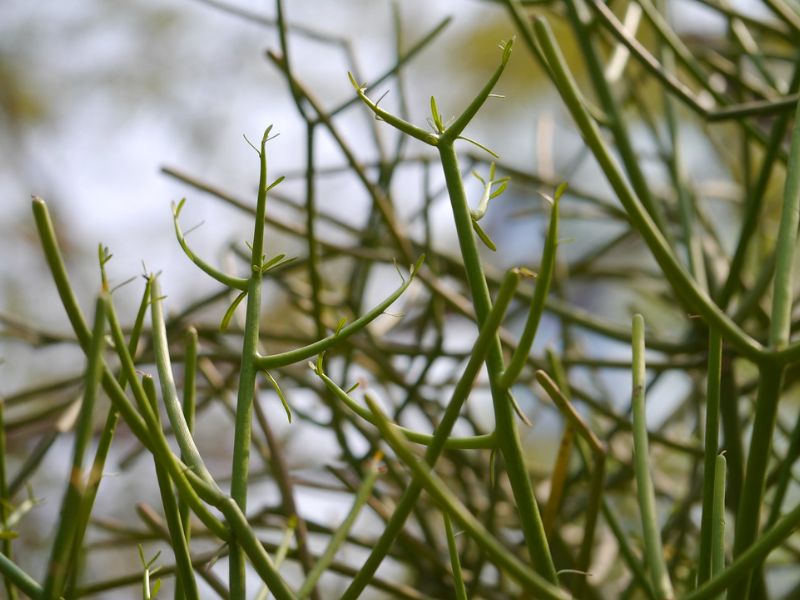
The milky latex from E. tirucalli is extremely irritating to the skin and mucosa and is toxic. Exposure to it can cause temporary blindness. Skin contact causes severe irritation, redness and a burning sensation. If ingested, it can cause burns to the mouth, lips and tongue. It is suggested to wear eye protection gear and gloves for handling the plant.
II. How to Grow and Care
Sunlight
The pencil cactus prefers to grow in full sun, meaning at least six hours of sunlight on most days. However, it can tolerate a bit of shade and might even appreciate some protection from the hot afternoon sun. Indoors, grow it by your brightest window. It can also tolerate bright, indirect light.
Temperature and Humidity
The pencil cactus thrives in warm temperatures ranging from 65 to 75 degrees Fahrenheit. Temperatures around the plant should not drop below 50 degrees Fahrenheit. Indoors, be sure to protect your plant from cool drafts, including those from an air conditioner. The plant also thrives in low humidity. But a higher humidity level shouldn’t bother it as long as the soil doesn’t retain moisture.
Watering
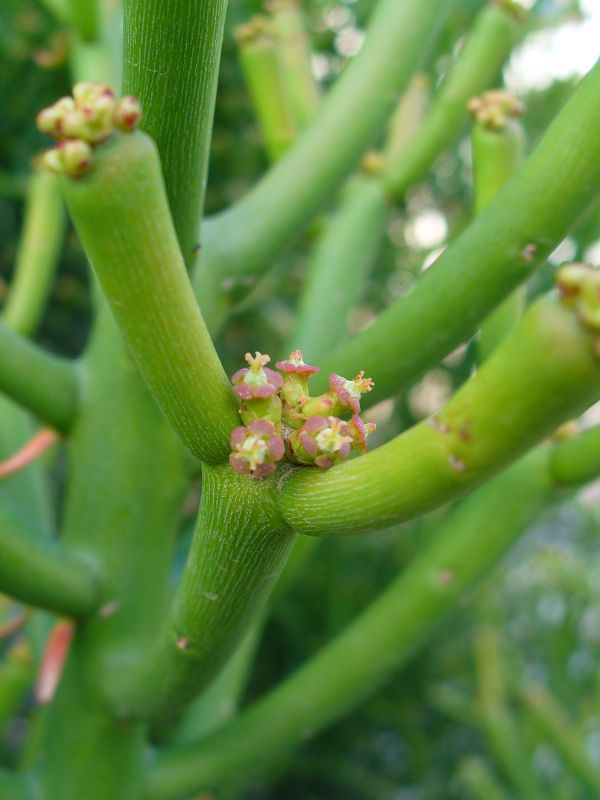
The watering for this succulent is very easy. It only needs water every two to three weeks in the spring and summer. Reduce watering to monthly in the fall and winter. It’s preferable to let the soil dry out completely in between waterings to avoid overwatering. This plant is highly tolerant to drought, and too much water can rot its roots.
Soil
This plant loves dry, sandy soil that isn’t highly rich in nutrients. Container plants do well with a succulent or cactus potting mix that doesn’t retain moisture. Make sure to choose a container with good drainage.
Fertilizing
This plant isn’t a heavy feeder. Feed your pencil cactus with a balanced liquid houseplant fertilizer in the spring, and it should be fine for the rest of the year.
Pruning
Pruning a pencil cactus should be done in the early spring and is fairly easy. The sap from the pencil cactus is toxic, causing skin and eye irritation, and it will stain your clothing, so always wear protective clothing and gloves when handling this plant. Do not compost it due to its toxicity. Use a pair of pruning shears and first remove any dead or damaged branches from the cactus.
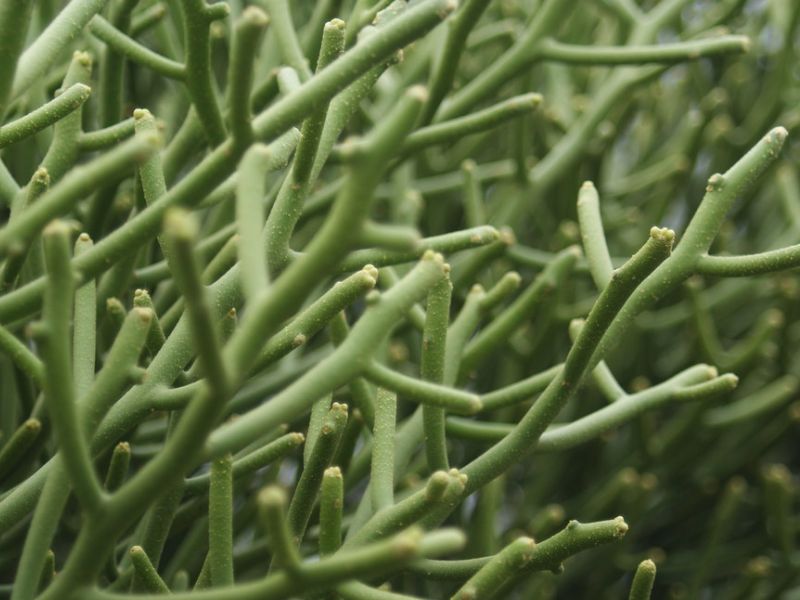
Then clip off any branches to get the desired shape and height you want, making sure to cut down to the base of the branch. Take care not to take too much off the bottom part of the plant, as this plant does get top-heavy. Your pruning shears will be sticky afterward, so wipe them down with some rubbing alcohol when you’re done.
Propagation
A pencil cactus can be readily propagated from cuttings. Always wear protective clothing during this process. It is best to propagate your pencil cactus during the late spring or early summer when it is actively growing. Here’s how:
- Using pruning shears, take a cutting of a green branch around 6 inches long.
- Dip it in fresh water to stop the flow of sap.
- Then, allow the cutting to dry for about a week and form a callous over the cut end before potting it in a moist succulent or cactus potting mix.
- Place it in a sunny area and lightly water. Let the soil dry out before watering again.
Potting and Repotting
When growing the pencil cactus in a container, it’s best to choose an unglazed clay pot that allows excess moisture to evaporate through its walls. Also, make sure there are ample drainage holes in the pot.
The plant can handle being a bit cramped in its pot. But once the roots have filled the container, plan to move your plant to one pot size up. Make sure the soil is dry before you begin repotting. Gently remove the plant from the pot, and knock off excess soil. Trim off any roots that look shriveled and dead or black and rotten. Then, put the pencil cactus in its new pot, and fill around it with a fresh potting mix. Wait about a week before watering the plant.
Pests and Diseases
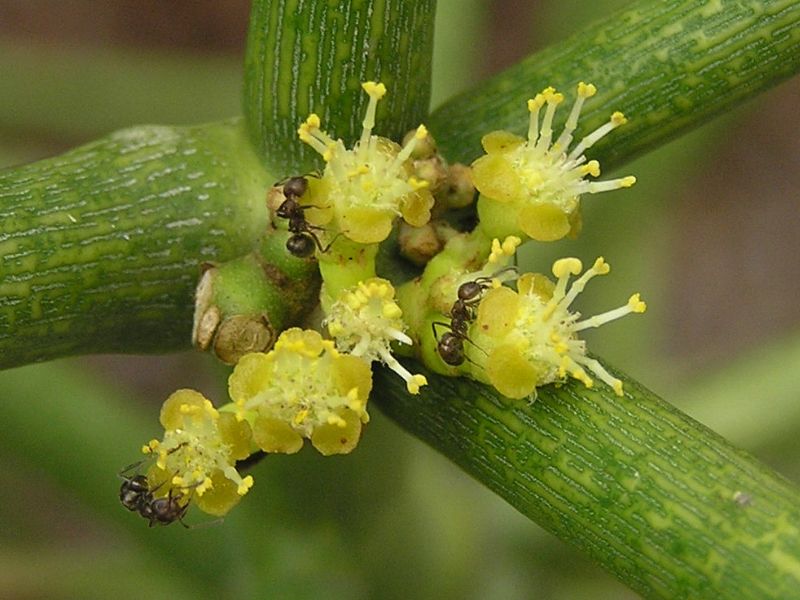
While the pencil cactus doesn’t have many issues with pests and diseases, it is susceptible to a few. Spider mites tend to be the biggest issue, along with aphids and nematodes. These can be handled with neem oil. Overwatering and letting the soil stay wet can cause root rot, so always let the soil get completely dry before watering.
III. Uses and Benefits
- Ornamental uses
Very common in Mediterranean, coastal, and drought-tolerant gardens, the pencil cactus can also be used in beds, borders, and containers. The succulent resembles sea coral, with green stems that transition into yellow, orange, and red colors, which gardeners prize. It is also valued for its resiliency to pests, disease, salt, and animals. The pencil cactus is an excellent accompaniment to succulents such as the Kiwi aeonium, Blue Chalksticks senecio, and the stonecrop sedum.
- Traditional medicine uses
Euphorbia tirucalli is used as alternative medicine in many cultures. Attempts have been made to use it to treat cancer, excrescence, tumors, warts, asthma, cough, earache, neuralgia, rheumatism, and toothaches in countries including Brazil, India, Indonesia, and Malaysia.
Euphorbia tirucalli has been promoted as an anticancer agent, but research shows that it suppresses the immune system, promotes tumor growth, and leads to the development of certain types of cancer. Euphorbia tirucalli has also been associated with Burkitt’s lymphoma and is thought to be a cofactor of the disease rather than a treatment.
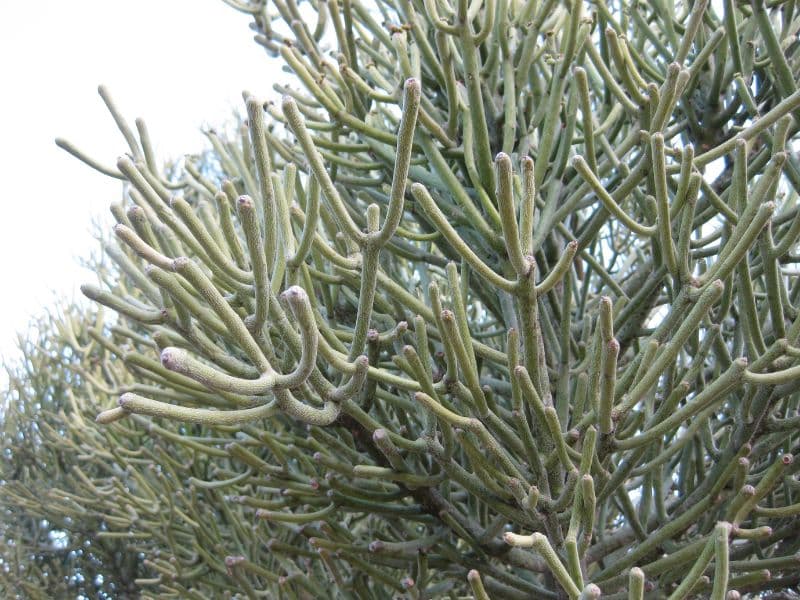
- Other uses
Its latex can also be used as fuel. This led chemist Melvin Calvin to propose the exploitation of E. tirucalli for producing oil. This usage is particularly appealing because of the ability of E. tirucalli to grow on land that is not suitable for most other crops. Calvin estimated that 10 to 50 barrels of oil per acre was achievable. In the 1980s the Brazilian national petroleum company Petrobras began experiments based on these ideas. It has also been used in the production of rubber, but neither have been very successful.
Find Where to Buy the Best Pencil Cactus (Euphorbia tirucalli)









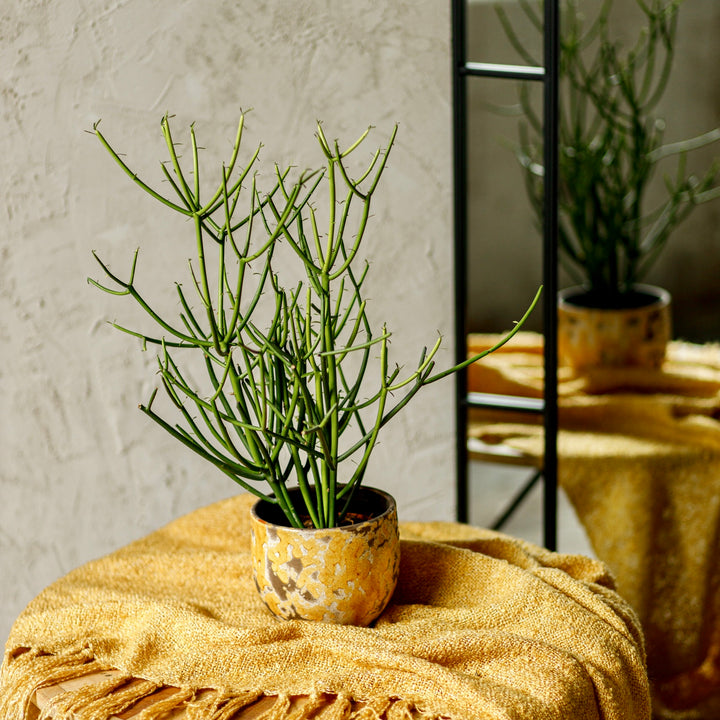
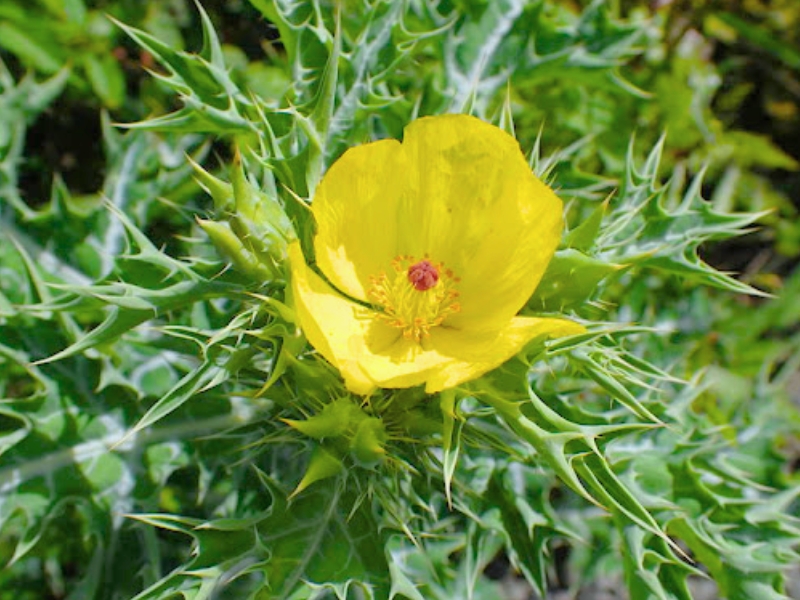
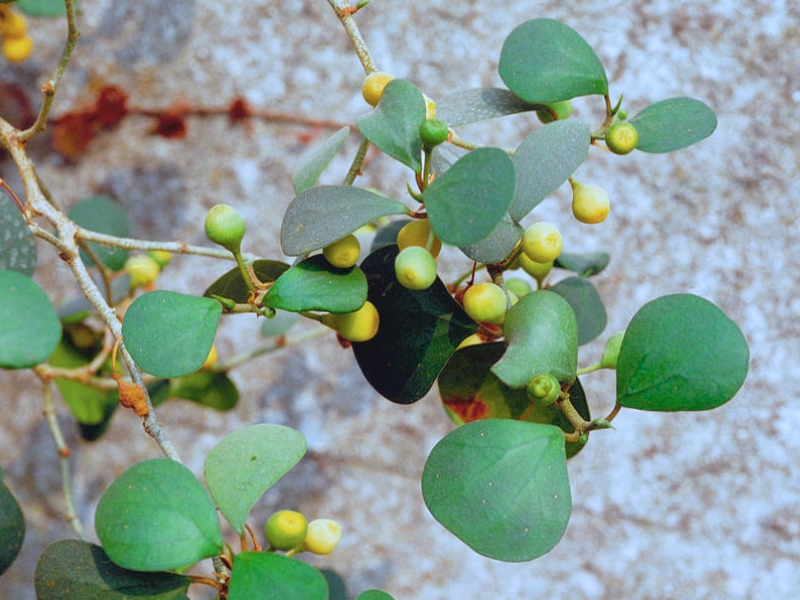
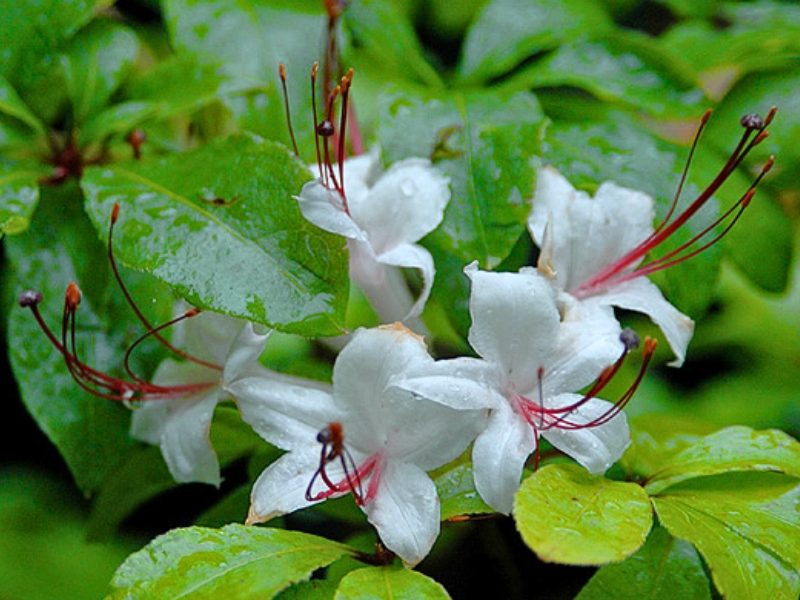
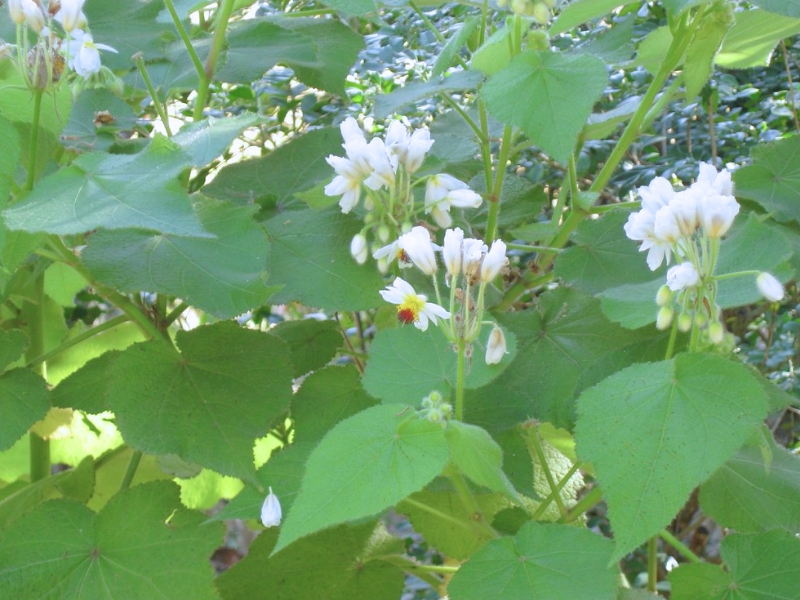
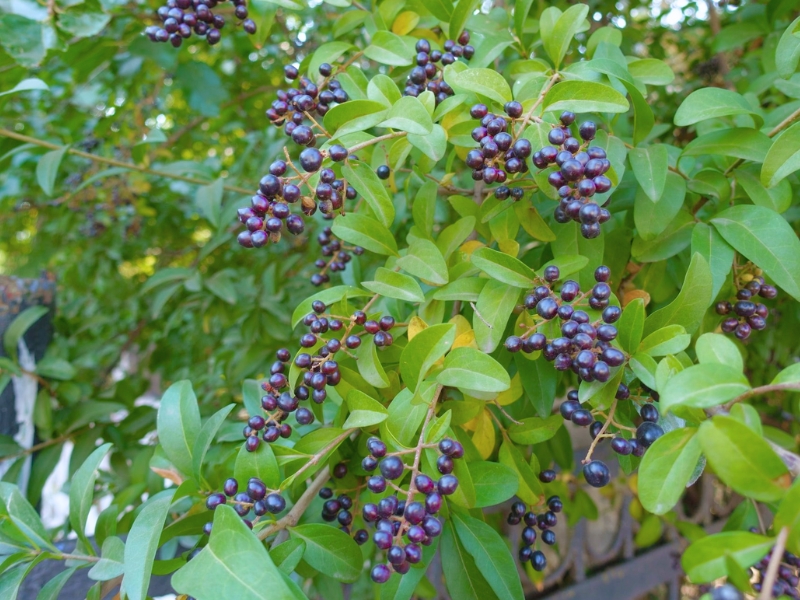
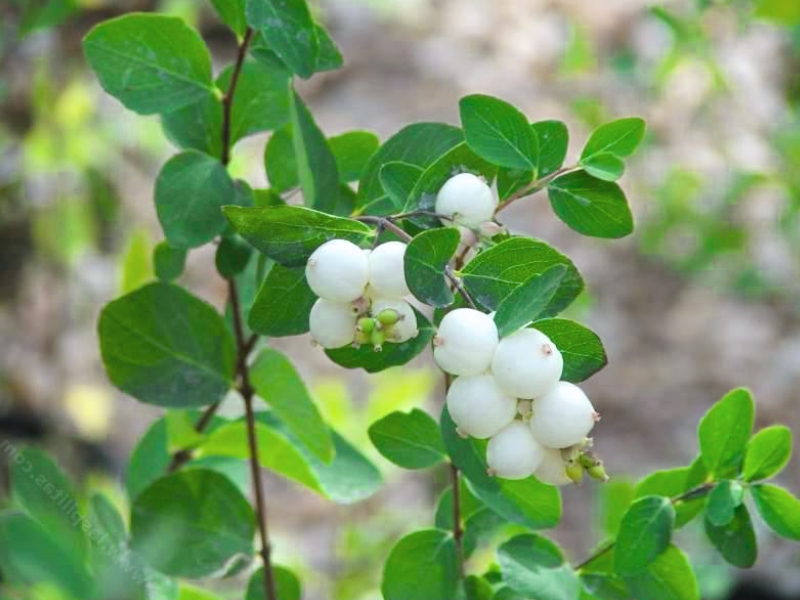
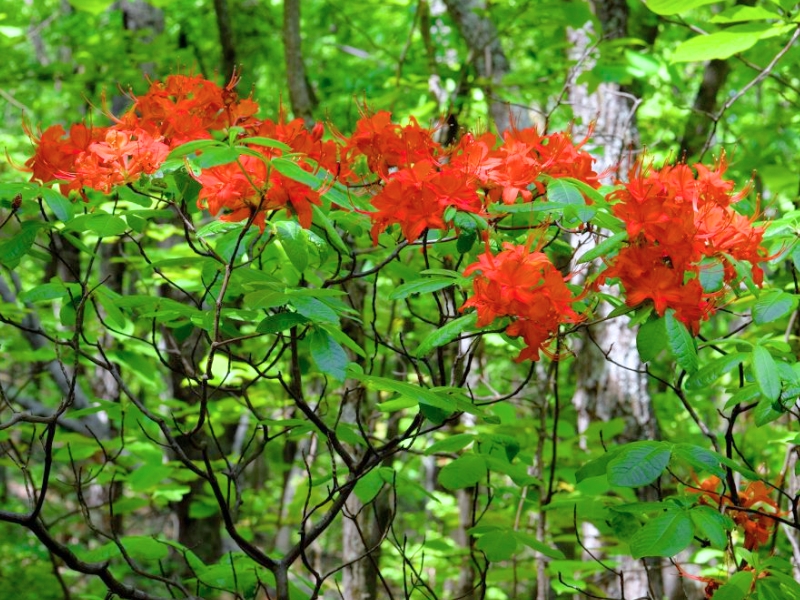
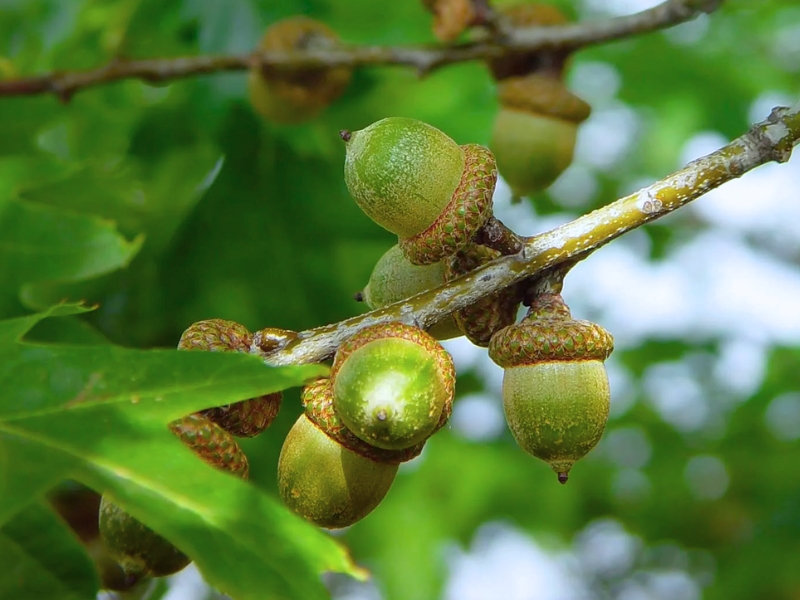
Leave a Reply